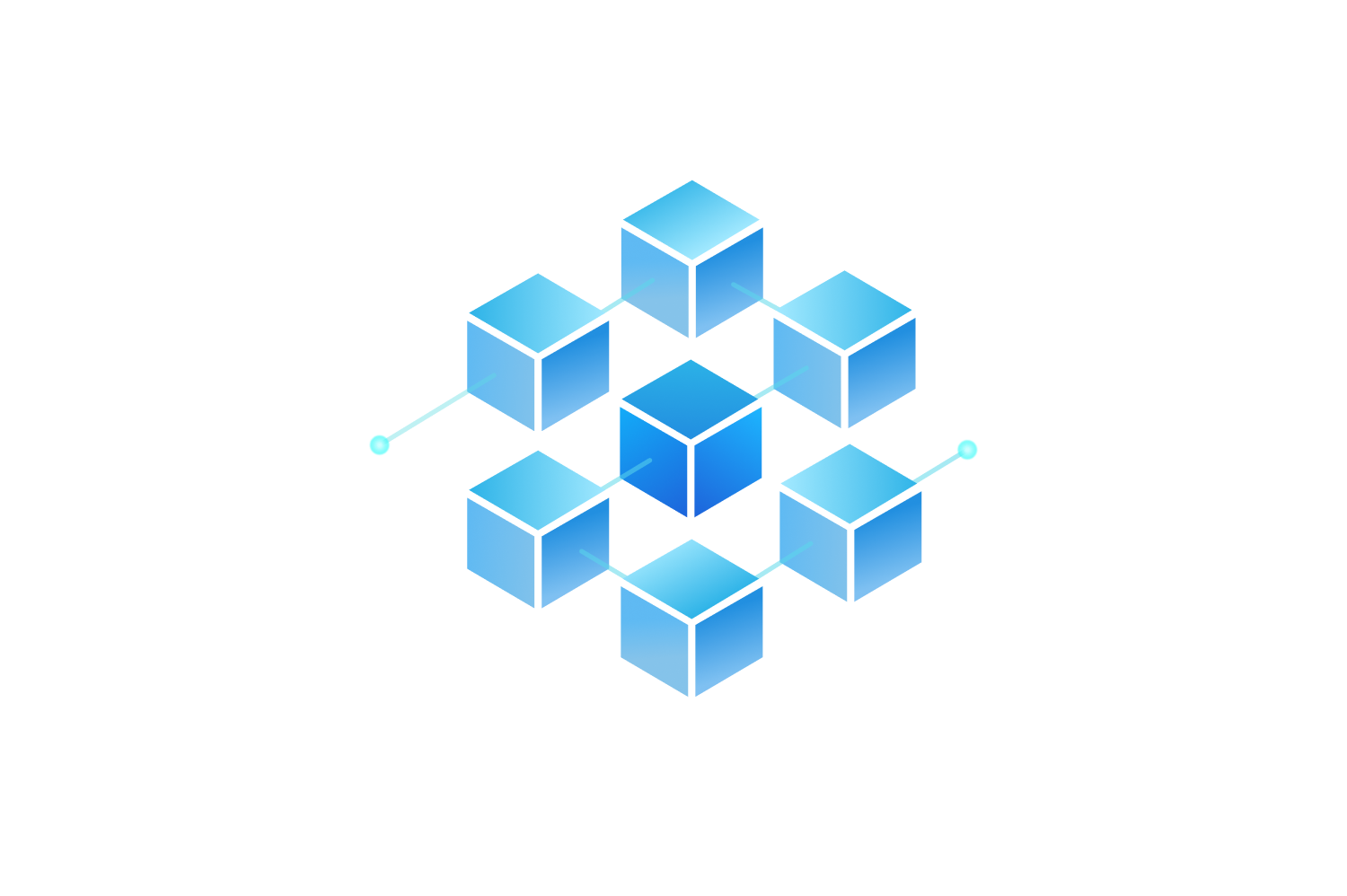ETM DAO: the vision
 ETM DAO (Decentralized Autonomous Network) is a network defined by nodes
and links, corresponding to people and relationships. This network has a
topology that can adopt to changes in the world and evolves over time.
Decisions and consensus are made via distributed mechanisms and
collectively. The ETM DAO are composed of the individual nodes that
participate in the ETM/P network. On the other hand, individual nodes
are subjected to the rules and consensus mechanisms of the DAO. In most
cases, individual nodes follow consensus due to incentives, serving
their own best interests. This is very much like self-organization in
Molecular biology. Cells are incentivized to search for Chemotaxis, and
the formation of Chemotaxis is due to the collective motion of cells.
Nonlinear dynamics will play a pivotal role in the self organization
process, much like the nonlinear structure in the Keller Segel model for
Chemotaxis.
ETM DAO (Decentralized Autonomous Network) is a network defined by nodes
and links, corresponding to people and relationships. This network has a
topology that can adopt to changes in the world and evolves over time.
Decisions and consensus are made via distributed mechanisms and
collectively. The ETM DAO are composed of the individual nodes that
participate in the ETM/P network. On the other hand, individual nodes
are subjected to the rules and consensus mechanisms of the DAO. In most
cases, individual nodes follow consensus due to incentives, serving
their own best interests. This is very much like self-organization in
Molecular biology. Cells are incentivized to search for Chemotaxis, and
the formation of Chemotaxis is due to the collective motion of cells.
Nonlinear dynamics will play a pivotal role in the self organization
process, much like the nonlinear structure in the Keller Segel model for
Chemotaxis.
Nodes in ETM DAO are incentivized but still autonomous, in other words, they are weakly aligned. Each node is free to pursue its own interest and makes its own plans. Nodes may have heterogeneous beliefs and preferences. Nodes are more than cells. They have risk aversion (or seeking), complex utility functions and intertemporal elasticity of substitution. Therefore, even though the same rules apply to each node, they might not be choosing the same actions. Nodes are not always collaborative, they might have conflicts of interests. This is particularly so when token/resource distribution is at stake. The selfish pursuit of utility by each node would cause friction or what is called price of anarchy. The dynamics of incentivized, autonomous nodes may be much less efficient than a hypothetical group of nodes directed by an intelligent and benevolent central planner. Moreover, nodes may have asymmetric information and bounded rationality. Due to the graphon structure of the network, a node might only access limited information and not able to see the whole picture.
ETM DAO exist exactly to address these problems. By voting and proposition mechanism design, users can participate openly and actively in the governance of ETM/P ecosystem and therefore reduce information asymmetry. Major decisions can be made collectively, after thorough discussions. Nodes will have voting rights proportional to its stake. Moreover, the delegated proof of stake mechanism and the existence of ETM foundation ensure that decisions can be made quickly and efficiently in daily operations. In the mean time, careful mechanism design has been implemented to ensure the integrity of the these nodes delegated to run the system.
The ETM blockchain and ETM DAO have a reciprocal, recursive relationship. The ETM/P blockchain is distributed state machine that operates with mathematical precision. Rules are enforced via smart contracts. The nodes are subjected to these rules and consensus mechanisms, but they are also the creator of the rules. The DAO can update or change key parameters by a voting mechanism. It can also implement emergency solutions such as global settlement or rescinder transactions.
The ETM DAO not only help nodes to achieve specified objectives
collectively. It spurs creativity and incentivizes the creation of
heterogenous objectives or utilities. As the ETM ecosystem gets more
complex, the ETM DAO and ETM/P blockchain will together provide a solid
foundation for it.
